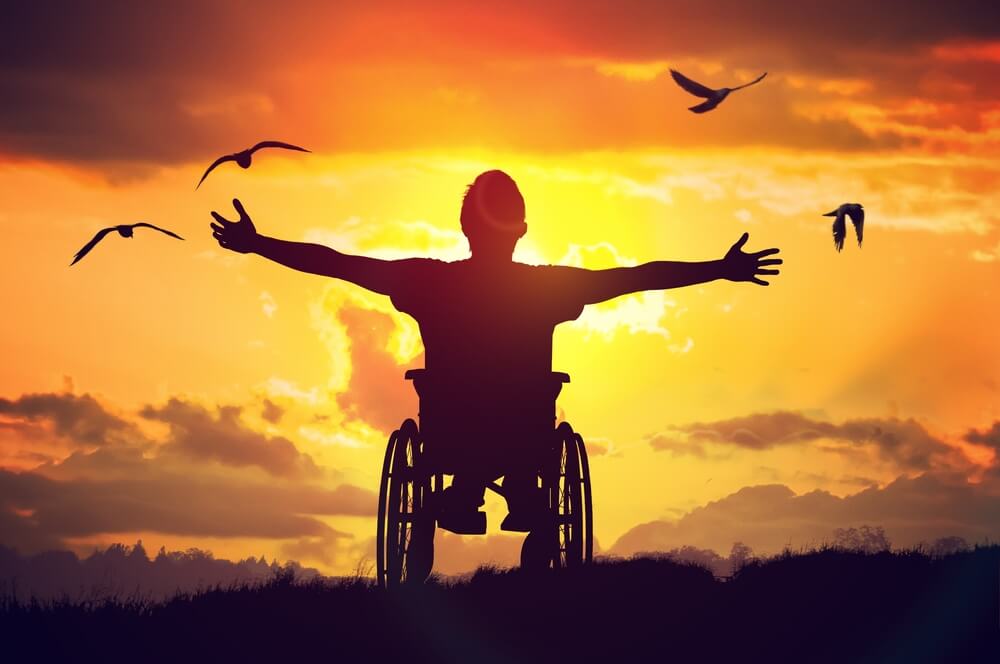While the terms we will talk about today are integrated into everyday language, we don’t always use them correctly or accurately. Over time, the concept of disability has changed.
Progress in social matters has made it possible to contextualize and make people with functional diversity contextualized, so we will talk about the evolution of the concept of disability in recent years.
- The concept of disability is not fixed.
- Evolves and depends on the functional limitations of the person and the support available in their environment.
In addition, it is the result of a person’s interaction with their environment, these functional limitations are reduced by offering interventions focused on adaptive behavior (Bada, 2014).
?Does disability limit the human being, opening up a new universe of possibilities ?. Italo Violo?
In this sense, as a mode of introduction, it is necessary to differentiate between the classification carried out by WHO and the CIF, as well as to mention the origin of the concept of “functional diversity”.
The World Health Organization (WHO) defined it in 1980 as a disease or disorder, and proposed three levels:
By contrast, in 2001, CIF proposed
Finally, in 2005, the term “functional diversity”? Created by the One Independent Life movement. This concept, as Rodríguez and Ferreria (2010) say, aims to eliminate negative nomenclatures traditionally applied to people with disabilities.
Thus, what they are looking for is a rating that is not part of a deficiency, but that indicates daily development, a trait different from what is considered usual.
It should be noted that in 2017, CERMI recommended the use of the term “persons with disabilities” and avoided the use of “functionally diverse persons”.
They argued that “the vast majority of people with disabilities and their social movement reject the use of the term ‘functional diversity’. Why don’t you feel identified with a lexicon without legitimacy or broad social support?
It can be said that there are different ways to address disability or functional diversity, including:
Thanks to the progress we are experiencing, we are closer to total inclusion, let us remember the importance of a good education to understand and understand that we all have the same rights and, above all, we are people.

